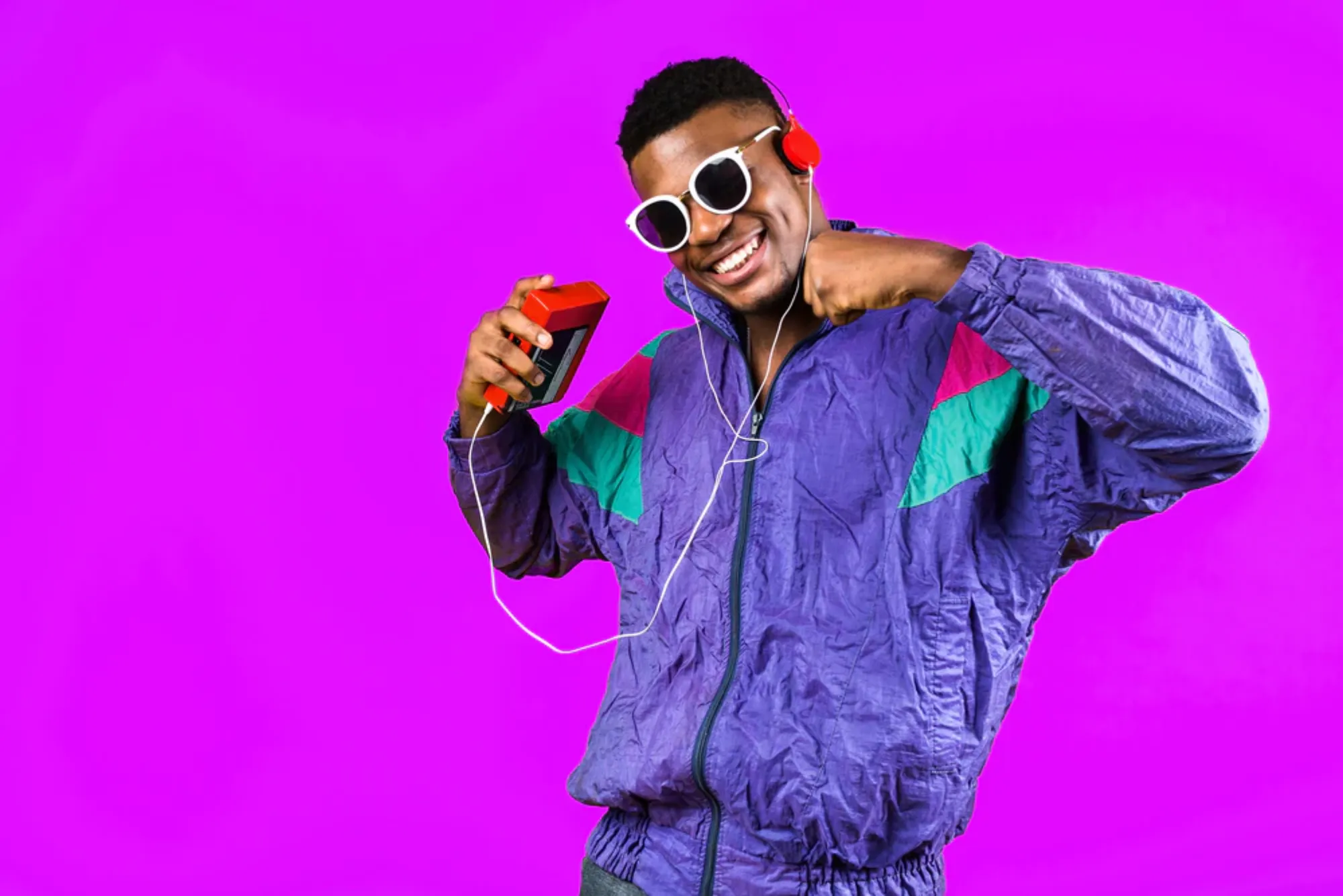The 1990s marked a transformative period in cultural history, where various subcultures flourished, each leaving an indelible mark on society. Among these, 90s Rave Fashion emerged as a vibrant and iconic movement, encapsulating the spirit of the era like no other. From its humble beginnings in underground rave scenes to its enduring influence on contemporary style, the journey of 90s rave fashion is a fascinating exploration of self-expression, rebellion, and creativity.
Origins and Influences
To understand the essence of 90s rave fashion, one must delve into its origins. Emerging from the underground rave scene of the late 1980s, this subculture provided a haven for individuals seeking liberation from societal norms. Rooted in the ethos of peace, love, unity, and respect (PLUR), rave culture fostered a sense of community and belonging among its participants.
Influenced by a myriad of sources, including punk, hippie, and club cultures, 90s rave fashion embodied a rebellious and non-conformist attitude. It was a rejection of mainstream fashion trends, a celebration of individuality, and a declaration of freedom. At its core, rave fashion was not just about clothing; it was a form of self-expression and a way of life.
Key Elements of 90s Rave Fashion
Neon Colors
One of the most distinctive features of 90s rave fashion was its use of neon colors. Electric blues, fluorescent pinks, and acid greens illuminated the dance floors, creating a visually striking spectacle under UV lights. These bold hues not only reflected the vibrant energy of rave culture but also served as a form of self-expression for its participants.
Baggy Silhouettes
Baggy, oversized clothing was a defining characteristic of 90s rave fashion. From wide-legged pants to oversized t-shirts and roomy jackets, comfort was paramount. These loose-fitting garments allowed for freedom of movement on the dance floor, enabling ravers to express themselves through dance without constraint.
Techno Fabrics
The use of techno fabrics was another hallmark of 90s rave fashion. Nylon, Lycra, and PVC were favored for their futuristic appearance and practicality. These materials were not only durable and easy to clean but also had a distinctive sheen that caught the light, adding to the overall aesthetic of rave attire.
DIY Aesthetics
A spirit of DIY (do-it-yourself) creativity permeated 90s rave fashion. Many ravers took pride in customizing their clothing and accessories, adding personal touches that set them apart from the mainstream. Hand-painted designs, patchwork detailing, and homemade accessories were common, reflecting the individuality and ingenuity of the rave community.
Eclectic Accessories
Accessories played a crucial role in completing the rave look. Chunky platform shoes, statement sunglasses, and oversized backpacks were popular choices, adding an extra layer of personality to outfits. Glow sticks, body glitter, and face paint were also common accessories, enhancing the visual impact of rave attire and contributing to the overall atmosphere of the event.
Icons of 90s Rave Fashion
The Cyberpunk Look
Inspired by science fiction and cyberculture, the cyberpunk aesthetic emerged as a prominent style within 90s rave fashion. Characterized by futuristic silhouettes, metallic accents, and neon accessories, this subculture embraced a dystopian vision of the future. The cyberpunk look was a bold statement of rebellion and individuality, reflecting the techno-centric ethos of rave culture.
The Club Kid Movement
Originating in New York City’s nightlife scene, the club kid movement was another influential force in 90s rave fashion. Led by figures such as Michael Alig and James St. James, club kids pushed the boundaries of fashion with their avant-garde makeup, elaborate costumes, and outrageous hairstyles. Their flamboyant style and larger-than-life personas captured the imagination of the public and cemented their status as icons of the era.
Legacy and Revival
Despite the decline of the original rave scene in the late 1990s, the influence of 90s rave fashion continues to reverberate in contemporary style. From the resurgence of neon colors on the runway to the popularity of oversized streetwear, elements of rave culture persist in mainstream fashion. The spirit of creativity, self-expression, and rebellion that defined 90s rave fashion lives on in the work of designers, artists, and fashion enthusiasts around the world.
Modern Interpretations
Contemporary designers and brands have revisited 90s rave fashion, putting a modern spin on nostalgic elements. Collaborations between high-fashion labels and streetwear brands have reintroduced iconic pieces such as bucket hats, windbreakers, and platform sneakers to a new generation of fashion enthusiasts. These reinterpretations pay homage to the rebellious spirit of rave culture while infusing it with a fresh, contemporary energy.
Festival Fashion
The spirit of 90s rave fashion lives on in the realm of music festivals and outdoor events. Festival-goers often draw inspiration from rave culture, incorporating neon accents, glitter makeup, and statement accessories into their attire as a nod to the vibrant aesthetics of the past. Festivals have become modern-day gatherings where individuals can express themselves freely and immerse themselves in the communal spirit of rave culture.
The legacy of 90s rave fashion is a testament to its enduring influence on contemporary style. Defined by its bold colors, eclectic textures, and rebellious spirit, this trendsetting era continues to inspire creativity and self-expression in fashion today. Whether it’s a nostalgic homage or a fresh interpretation, the spirit of QH Fashion lives on in the vibrant world of 90s rave fashion.
As we look back on this iconic era, we are reminded of the power of fashion to transcend boundaries, unite communities, and shape cultural identity. 90s rave fashion was more than just a trend; it was a movement that celebrated individuality, diversity, and freedom. And though the rave may be over, its spirit lives on in the hearts and wardrobes of those who continue to embrace its colorful legacy.




